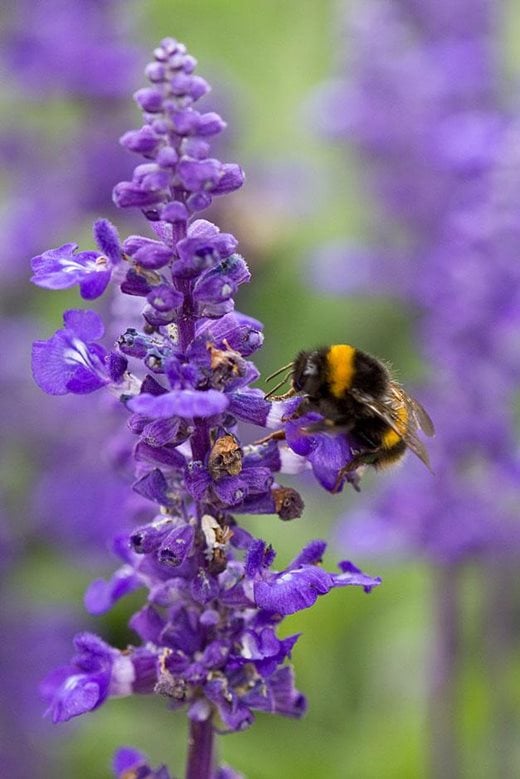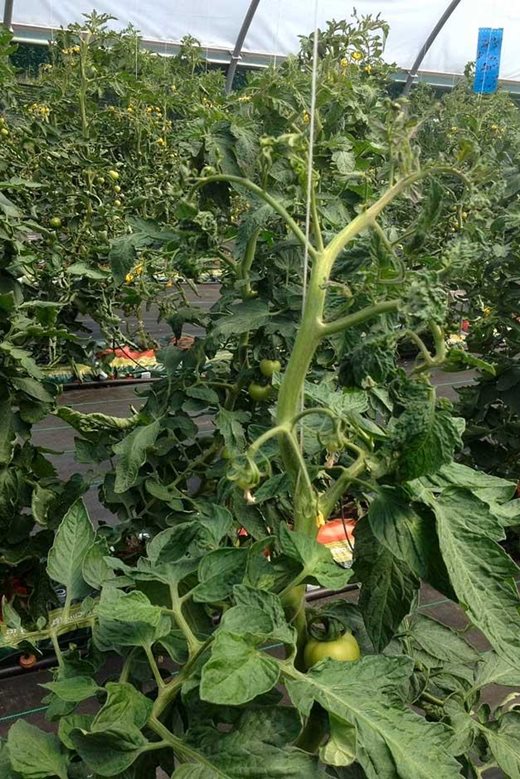In the 'Bee Room' at the heart of Cambridge University, small bees help scientists research big questions in plant science

The Cambridge University Department of Plant Sciences may look pretty ordinary from the outside, and visitors outside are more likely to be drawn to the dinosaur guarding the entrance to the geology museum opposite. Once inside, however, and past the offices and laboratories you can find a room (officially labelled as ‘Signal Transduction’) better known as the ‘bee room’.
Inside there are up to four colonies of bumblebees (
Bombus terrestris audax) kept happy with a constant temperature of 19°C, as much sugar water as they can drink and a weekly feed of pollen.
Bumblebees are different from honeybees, they live in a nest rather than a hive, only make a small amount of a honey to feed themselves and have an unbarbed sting which means that when they do (rarely) sting they do not die.
These bumblebee nests are supplied in boxes, commercially produced for supply to farmers who grow crops such as tomatoes and strawberries under glass. With pollinators from the outside excluded farmers purchase the bumblebees to avoid the unenviable task of pollinating crops by hand on a grand scale!
In the lab however, the bumbles have a different task. Here, the small bees help scientists research big questions in plant science including flower evolution and plant pathology.
A strange and cunning ploy
I have recently moved from the science labs at Wisley to work in this lab on an RHS funded PhD project. This collaboration between the University of Cambridge and the RHS was started to further investigate results generated in the bee room by plant virologists. They discovered that cucumber mosaic virus (CMV), one of the most common viruses of garden plants, changes the scent emitted by tomato plants, making them more attractive to the bees.
 Is this a case of the virus manipulating the bees for their own benefit? Well at first viruses attracting bees seemed like a strange result. The virus is not transmitted via the pollen that the bees move from plant to plant but instead is spread by aphids sucking sap (in a similar way that mosquitoes can spread the malaria parasite among humans).
Is this a case of the virus manipulating the bees for their own benefit? Well at first viruses attracting bees seemed like a strange result. The virus is not transmitted via the pollen that the bees move from plant to plant but instead is spread by aphids sucking sap (in a similar way that mosquitoes can spread the malaria parasite among humans).
As it is not being transmitted by the bees, the virus does not get a direct advantage by attracting more bumblebees to infected plants. It does however lead to better pollination, allowing sick plants to produce more seeds than they would normally.
Using computer modelling the researchers showed that, over time, this may inhibit the chance of virus-resistant plant strains emerging as well as spreading pollen from susceptible plants to new areas.
Understanding more about this complex relationship between plant disease, plants and insects is going to be fascinating. We hope that the research will allow us to give better advice to gardeners who want to help bees in their garden. Check back here for updates from my first few weeks as I meet my bee colony and start experiments.
Further details

